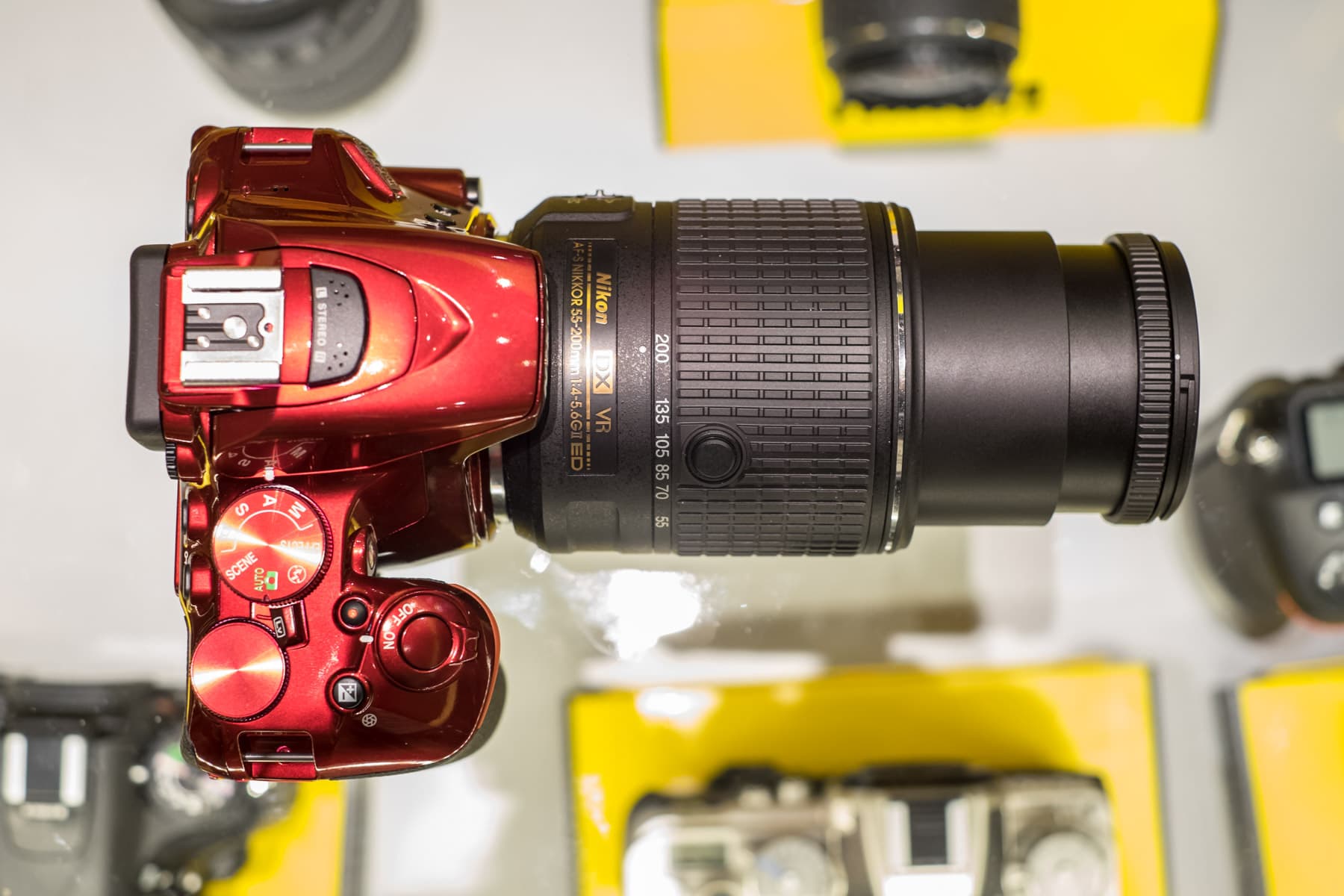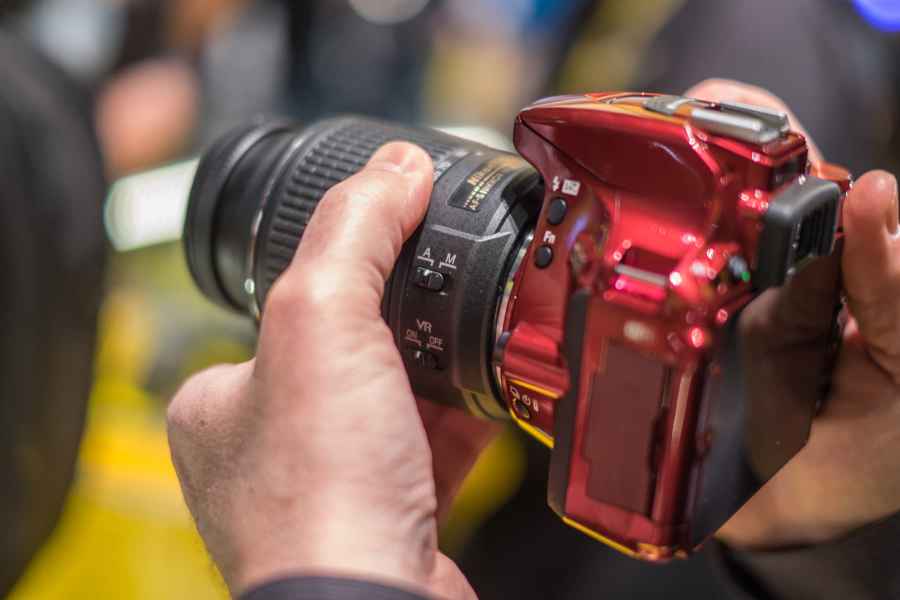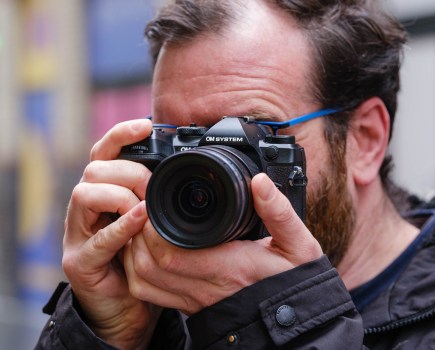It’s been a relatively sedate Consumer Electronics Show this year, but Nikon has stolen most of the limelight with the D5500. Sequel to the D5300, which was released in 2013, the D5500 brings a number of updates but keeps a lot of what worked before. So what’s new? We take a look…
1. It’s the first Nikon DSLR to feature an articulated touchscreen display
The 3.2in vari-angle touchscreen on the back of the D5500 is a thing of beauty, with a resolution of 1,037,000 dots. With this model, Nikon brings its first DSLR to feature a touchscreen, and it’s shaping up to be an exceptional example.

Not only can you use the screen to adjust focus and settings, as you’d expect, but you can also use the new Touch Fn function to make quick adjustments with a swipe without moving away from the viewfinder. There are also shortcuts to minimise the amount of button pressing required to change settings.
2. It’s got the same sensor and processor as the D5300
Not everything is new, however – those looking for a radical improvement over the D5300 will be disappointed. Admittedly, this was unlikely, as the D5300 was hardly a major update in itself, but it’s worth knowing that the guts of the D5500 are essentially the same as what’s come before, with the same 24.2-million-pixel sensor and Expeed 4 processor as we saw in the D5300. It has the same video capabilities too, and the same number of AF points.
3. Overhauled body, slimmer and lighter

The internals may be the same, but on the surface the D5500 looks pretty different. Nikon has clearly gone into this one with the intention of making it portable, and the body has been pared down to a weight of 420g.
The body isn’t just slimmed down, though, as the D5500 features a deeper grip than the D5300, with more space for the fingers to make it more secure in the hand.
4. Faster AF in live view
We were already impressed by the autofocus in the D5300, as we said in our review. It’s still welcome news that the D5500 pushes it further, with improved contrast-detect AF that Nikon claims will be ‘20% faster’ than the D5300’s when used in live view.
5. No GPS
Wi-Fi connectivity is still present and correct in the D5500, although Nikon has phased out that other mainstay of a connected camera – GPS functionality. This is something to bear in mind if you’re partial to meticulously geotagging your images.
For more, see our first impressions review of the Nikon D5500.
See our video of the Nikon D5500:
https://www.youtube.com/watch?v=dH_M1t4DeaA&feature=youtu.be








